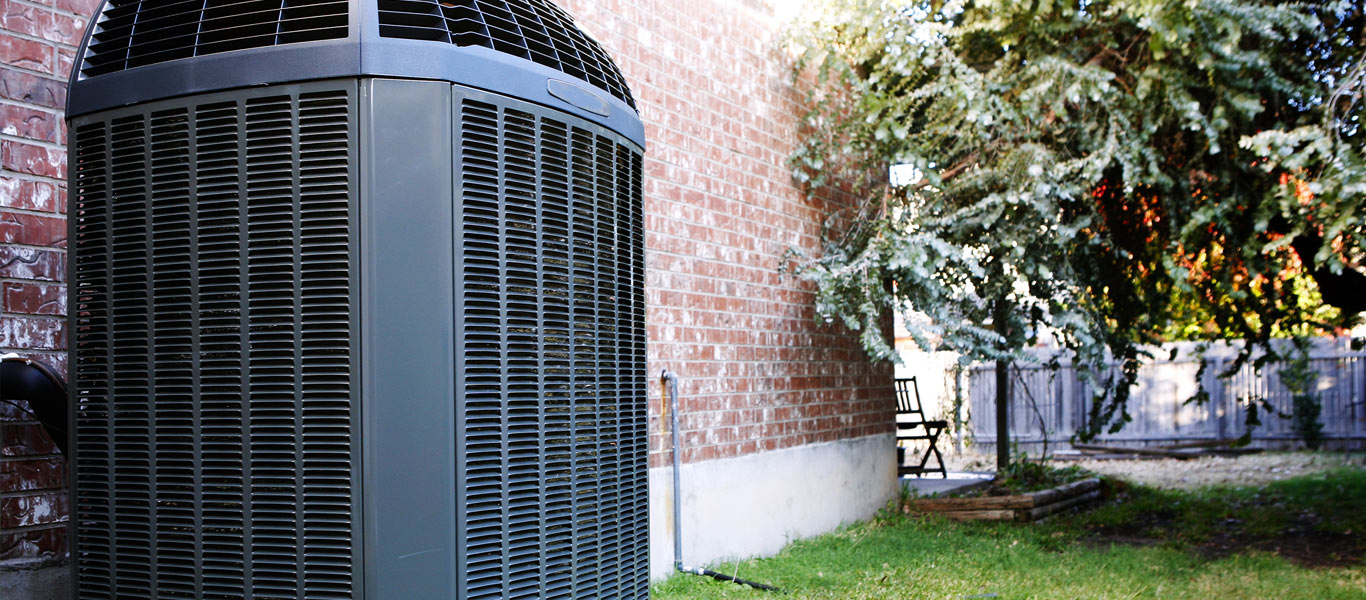More of a Vlog person?
The air conditioner compressor and condenser are two parts of an air conditioner that are easily confused. Most people who own air conditioners can’t identify the air conditioner’s main components and don’t have a good understanding of how these appliances work. However, homeowners need to know how their appliances function to maintain them and identify issues when they occur. Maintenance and early detection of problems can help you avoid costly repairs. When repairs become necessary, knowing the air conditioner parts will help you understand what the repair involves. The air conditioning compressor and the condenser are two components to become familiar with because they are two essential parts of the entire air conditioning system.
The Basic Air Conditioning Process
There are four basic components of an air conditioning system:
- Evaporator
- Compressor
- Condenser
- Expansion valve
The evaporator, compressor, condenser, and expansion valve are four essential components of an air conditioner. The components are connected by refrigerant lines, forming a closed circuit. Refrigerant flows through the lines and cools the home by transferring heat from inside the home to the outside. As the refrigerant travels the circuit, it changes continuously from a cold liquid to a hot vapor or gas. The evaporator, compressor, condenser, and expansion valve assist heat transfer.

First, the cold, liquid refrigerant absorbs heat inside the home when warm air passes over the evaporator coils. The cooled air is blown into the house through the vents. The refrigerant absorbs heat and changes its state to a warm vapor. Next, the refrigerant travels to the compressor. The compressor pressurizes and heats the refrigerant, a process necessary for the heat to be removed from the refrigerant subsequently. Then, the compressor pumps the refrigerant to the condenser. The refrigerant travels through the condenser coils, releasing the refrigerant’s heat outside. As a result, the refrigerant cools. Finally, the refrigerant travels to the expansion valve, which depressurizes the refrigerant and turns it into a cold liquid. The refrigerant is pumped back into the home to the evaporator coils, and the cycle is repeated.
What Is an Air Conditioning Compressor?

The air conditioning compressor is a vital component of the AC system, often referred to as the “heart” of the air conditioner. It pumps refrigerant through the air conditioning system to cool air inside the home. The compressor is located inside the central AC unit known as the condenser unit.
How an Air Conditioner Compressor Works
The compressor receives the refrigerant after it has absorbed the heat from the home’s air. At this point, the refrigerant is a warm, low-pressure vapor. The refrigerant will eventually circulate back inside the house to repeat the heat-removal cycle, but first, the refrigerant must be returned to a cold, liquid state. The compressor performs the initial step in the cooling process applying energy until the refrigerant becomes a hot, high-pressure vapor. Using heat and pressure on the refrigerant serves two purposes. One, the refrigerant must be heated to a temperature higher than the outside air to release its heat as it travels through the condenser’s coils. Two, the pressurization allows the refrigerant to flow smoothly through the coils. After the compressor heats and pressurizes the refrigerant, it flows to the condenser, and the heat is removed.
Types of Compressors
What Is a Condenser in an Air Conditioner?

An AC condenser releases heat that the refrigerant has removed from the home’s air. The condenser is the main unit located outside the home. It resembles a box encased in thin metal fins. The compressor removes heat from refrigerant vapor, turning the refrigerant back to a liquid as it cools.
How a Condenser works
After the compressor applies energy to the refrigerant, the hot, high-pressure refrigerant vapor is released into the condenser. The surface of the condenser is covered in coils, usually made of copper. The refrigerant moves through the coils while the condenser fan supplies cool air. The air cools the refrigerant in the coils, and the metal fins outside of the unit conduct the heat away and into the outside air. The refrigerant condenses as it cools, becoming a liquid. Finally, the refrigerant flows into the expansion valve, which reduces the refrigerant’s pressure, cooling it further. Once the refrigerant returns to a cold, liquid state, it can return to the evaporator coils to cool the home’s air.
Types of Condensers
Air Conditioner Compressor vs. Condenser Comparison Table
| Compressor | Condenser | |
|
Function
|
Reduces the volume of gas to add pressure
|
Takes in the pressurized gas turning it into a liquid-vapor
|
|
Types
|
ReciprocatingRotaryCentrifugalScrew and Scroll
|
Air-cooledWater-cooledEvaporative
|
|
Components
|
Electric motor, pump, and receiver
|
Main unit, coil, and fan
|
|
Order of Function
|
Works before the condenser
|
Works after the compressor
|
|
Location of Placement
|
Inside the main unit of the air conditioner
|
Outside the home/structure
|
What Do I Do if My Compressor or Condenser Stops Working?
Regular maintenance and scheduled air conditioner inspections are the keys to keeping your air conditioner running properly. If your A/C compressor doesn't turn on or your air conditioner is blowing warm air or stops working, call an HVAC technician to inspect the unit and perform any necessary repairs. Only a professional HVAC technician can replace the compressor and handle the refrigerant.








2 comments
tyrone loukas
This article is an essential read for anyone looking to deepen their understanding of HVAC systems, offering practical knowledge that can help optimize performance and troubleshoot issues effectively.
Colette
My AC tech said that he advises me to power wash the condenser. He said that pressures are too high. But should you spray water inside a condenser?